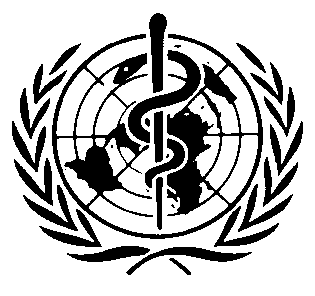International Chemical Safety Cards
| DIETHYLTHIOPHOSPHORYL CHLORIDE | ICSC: 0448 |




Diethyl chlorothiophosphate Diethyl phosphochloridothionate C4H10ClO2PS Molecular mass: 188.6  ICSC # 0448
ICSC # 0448CAS # 2524-04-1 RTECS # TD1780000 UN # 2751 March 27, 1996 Peer reviewed |
| TYPES OF HAZARD/ EXPOSURE | ACUTE HAZARDS/ SYMPTOMS | PREVENTION |
FIRST AID/ FIRE FIGHTING |
| FIRE |
Combustible.
Gives off irritating or toxic fumes (or gases) in a fire.
|
NO open flames.
NO contact with hot surfaces.
|
Powder, water spray, foam, carbon dioxide.
|
| EXPLOSION |
|
|
In case of fire: cool drums, etc., by spraying with water but avoid contact of the substance with water.
|
| EXPOSURE |
|
PREVENT GENERATION OF MISTS!
|
IN ALL CASES CONSULT A DOCTOR!
|
| •INHALATION |
Burning sensation.
Cough.
Shortness of breath.
Sore throat.
Symptoms may be delayed (see Notes).
|
Ventilation, local exhaust, or breathing protection.
|
Fresh air, rest.
Half-upright position.
Artificial respiration if indicated.
Refer for medical attention.
|
| •SKIN |
Corrosive.
MAY BE ABSORBED!
Redness.
Burning sensation.
Pain.
Blisters.
(Further see Inhalation).
|
Protective gloves.
Protective clothing.
|
Remove contaminated clothes.
Rinse skin with plenty of water or shower.
Refer for medical attention.
|
| •EYES |
VAPOUR WILL BE ABSORBED!
Redness.
Pain.
Blurred vision.
Loss of vision.
Severe deep burns.
|
Safety goggles,
face shield,
or eye protection in combination with breathing protection.
|
First rinse with plenty of water for several minutes (remove contact lenses if easily possible), then take to a doctor.
|
| •INGESTION |
Abdominal cramps.
Burning sensation.
Diarrhoea.
Vomiting.
(Further see Inhalation).
|
Do not eat, drink, or smoke during work.
|
Rinse mouth.
Do NOT induce vomiting.
Rest.
Refer for medical attention.
|
| SPILLAGE DISPOSAL | STORAGE | PACKAGING & LABELLING | ||
|
Ventilation.
Collect leaking and spilled liquid in sealable containers as far as possible.
Absorb remaining liquid in sand or inert absorbent and remove to safe place.
(Extra personal protection: complete protective clothing including self-contained breathing apparatus).
|
Separated from
food and feedstuffs
.
Dry.
|
Do not transport with food and feedstuffs.
R: S: UN Hazard Class: 8 UN Packing Group: II |
||
| SEE IMPORTANT INFORMATION ON BACK | ||||
|
||||
